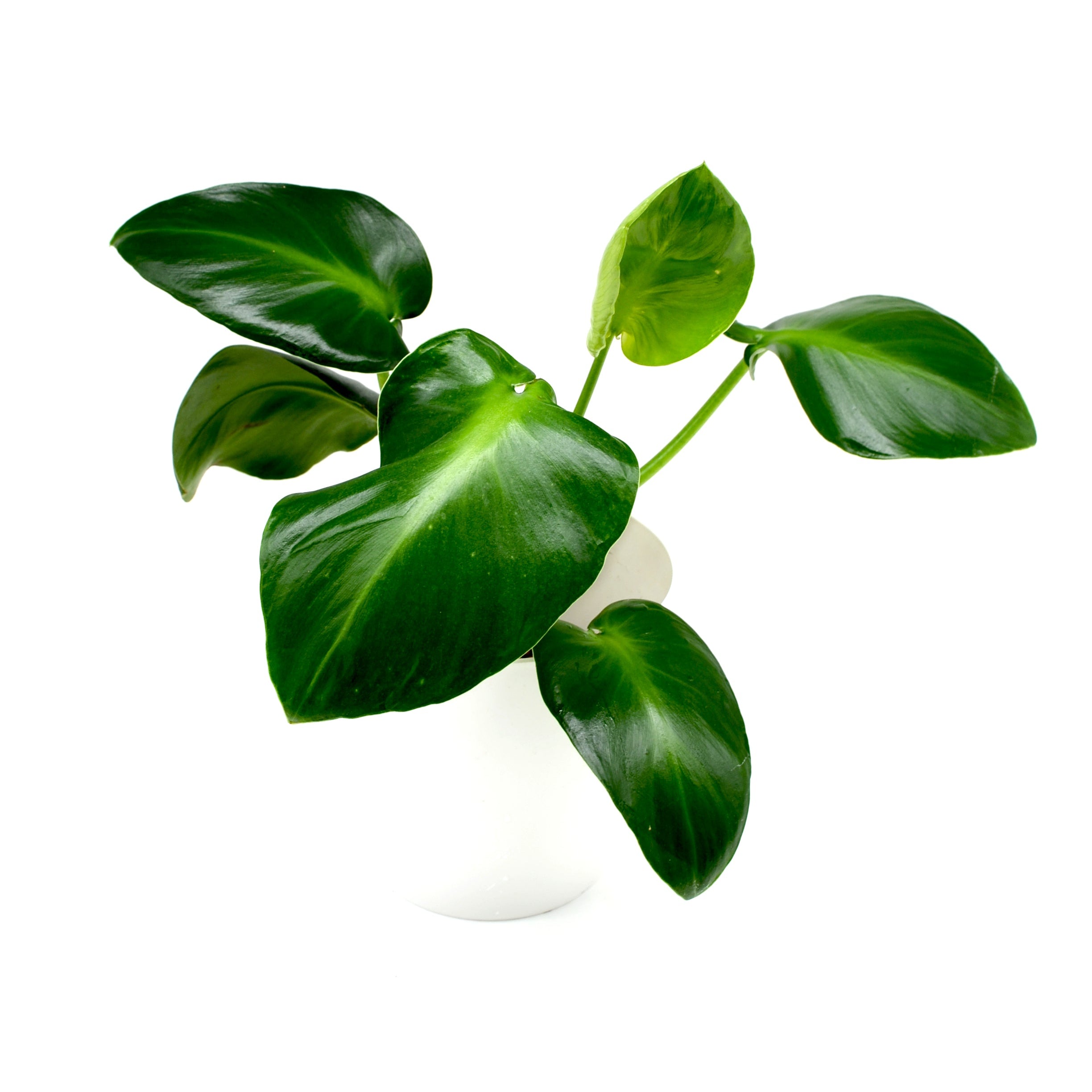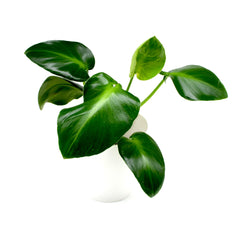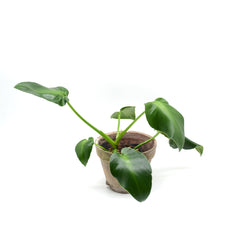Popular Products
Example product title
- €50,00
- €50,00
- Unit price
- / per
Example product title
- €50,00
- €50,00
- Unit price
- / per
Example product title
- €50,00
- €50,00
- Unit price
- / per
Popular Products
Example product title
- €50,00
- €50,00
- Unit price
- / per
Example product title
- €50,00
- €50,00
- Unit price
- / per
Example product title
- €50,00
- €50,00
- Unit price
- / per
Popular Products
Example product title
- €50,00
- €50,00
- Unit price
- / per
Example product title
- €50,00
- €50,00
- Unit price
- / per
Example product title
- €50,00
- €50,00
- Unit price
- / per
Vihreää hyvinvointia kasveista maisemiin ja luoviin ratkaisuihin
Törnroos Plants yhdistää hortonomisen osaamisen, vastuullisen viljelyn ja luovan suunnittelun. Kasvatamme puolihydroissa viihtyviä huonekasveja, toteutamme ekologista maisemointia ja autamme yrityksiä rakentamaan vihreitä, vaikuttavia brändejä.




Philodendron rugosum aberrant form
Philodendron rugosum aberrant form is an unusual shape of the plant that clearly stands out from the regular philodendron rugosum. The leaves of this plant are dark green, glossy, and slightly wrinkled. The plant climbs and will need support.
The plant is sent planted in hydro soil and a 13 cm pot (diameter 13 cm, height 12 cm). A hydrometer (13/12) can be purchased separately.
Philodendron, philodendrons
Philodendrons are a broad and diverse genus of aroid plants, which includes over 500 species. The growth habit of the species ranges from ground cover to climbing on tree trunks or from the canopy down to the ground. It is typical for philodendrons that when young, the leaves are small and heart-shaped, but as they mature, they develop large, showy leaves. Various variegated color mutations can be found in white, yellow, and even red.
Popular traditional Philodendron species include Philodendron scandens (heartleaf philodendron) and Philodendron erubescens (purple philodendron), of which the Imperial Green variety has been a classic. Both are known for their dark green foliage, which allows the species to thrive well in dim indoor conditions. Larger-leaved and variegated species require more light, while avoiding direct sunlight.
Since the genus of philodendrons includes many plants that differ from each other, care instructions may vary between representatives of the Philodendron genus. All thrive in indirect light and prefer to dry out slightly between waterings, but how much can vary. It is always advisable to compare different care instructions with a new plant.
- €50,00
- €50,00
- Unit price
- / per
Description
xPhilodendron rugosum aberrant form is an unusual shape of the plant that clearly stands out from the regular philodendron rugosum. The leaves of this plant are dark green, glossy, and slightly wrinkled. The plant climbs and will need support.
The plant is sent planted in hydro soil and a 13 cm pot (diameter 13 cm, height 12 cm). A hydrometer (13/12) can be purchased separately.
Philodendron, philodendrons
Philodendrons are a broad and diverse genus of aroid plants, which includes over 500 species. The growth habit of the species ranges from ground cover to climbing on tree trunks or from the canopy down to the ground. It is typical for philodendrons that when young, the leaves are small and heart-shaped, but as they mature, they develop large, showy leaves. Various variegated color mutations can be found in white, yellow, and even red.
Popular traditional Philodendron species include Philodendron scandens (heartleaf philodendron) and Philodendron erubescens (purple philodendron), of which the Imperial Green variety has been a classic. Both are known for their dark green foliage, which allows the species to thrive well in dim indoor conditions. Larger-leaved and variegated species require more light, while avoiding direct sunlight.
Since the genus of philodendrons includes many plants that differ from each other, care instructions may vary between representatives of the Philodendron genus. All thrive in indirect light and prefer to dry out slightly between waterings, but how much can vary. It is always advisable to compare different care instructions with a new plant.
Related Products
- €50,00
- €50,00
- Unit price
- / per
- €50,00
- €50,00
- Unit price
- / per
- €50,00
- €50,00
- Unit price
- / per
- €50,00
- €50,00
- Unit price
- / per
- €50,00
- €50,00
- Unit price
- / per
- €50,00
- €50,00
- Unit price
- / per
- €50,00
- €50,00
- Unit price
- / per
- €50,00
- €50,00
- Unit price
- / per
- €50,00
- €50,00
- Unit price
- / per
- €50,00
- €50,00
- Unit price
- / per
Recently Viewed Products
- €50,00
- €50,00
- Unit price
- / per
- €50,00
- €50,00
- Unit price
- / per
- €50,00
- €50,00
- Unit price
- / per
- €50,00
- €50,00
- Unit price
- / per
- €50,00
- €50,00
- Unit price
- / per
- €50,00
- €50,00
- Unit price
- / per
- €50,00
- €50,00
- Unit price
- / per
- €50,00
- €50,00
- Unit price
- / per
- €50,00
- €50,00
- Unit price
- / per
- €50,00
- €50,00
- Unit price
- / per
- Choosing a selection results in a full page refresh.

